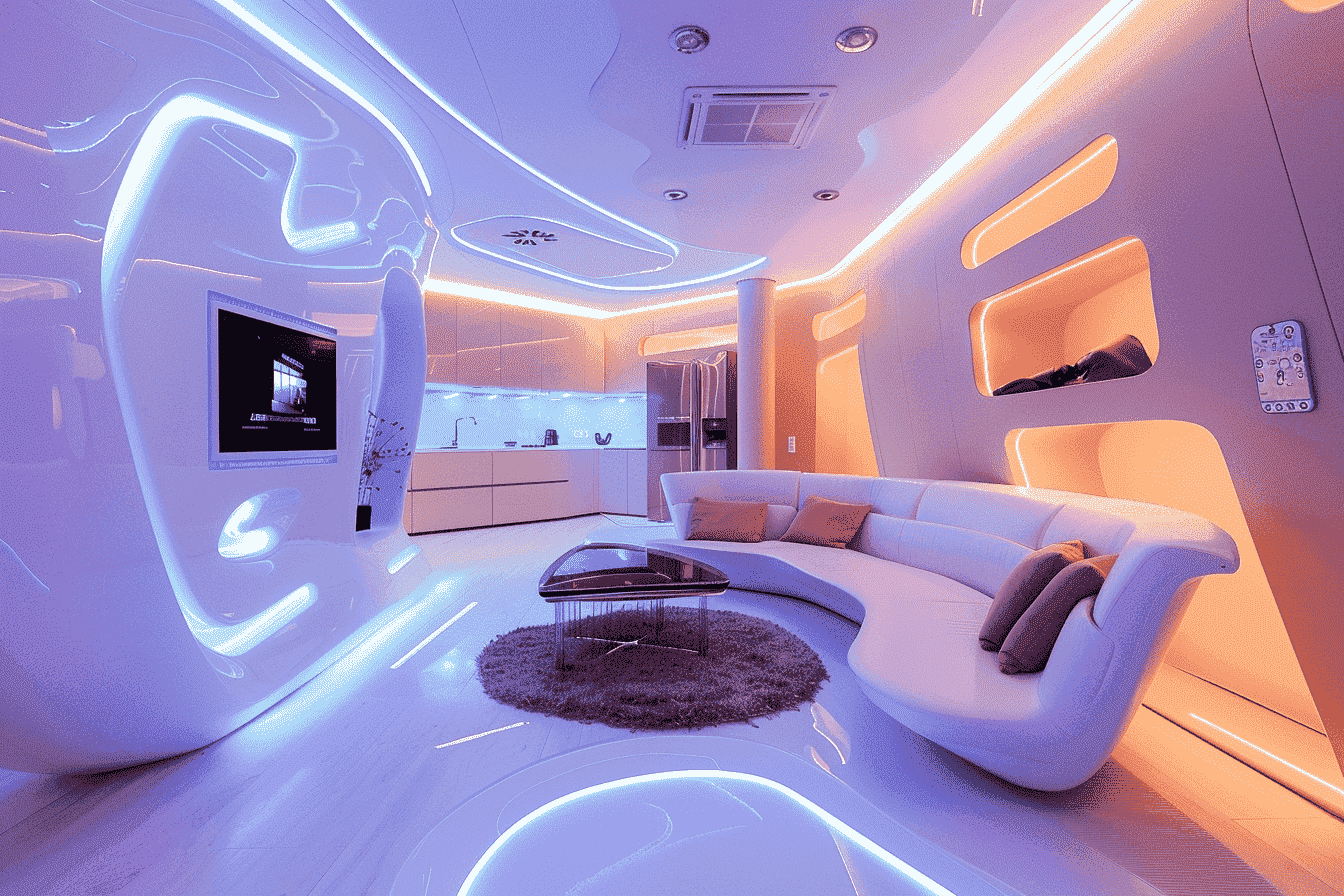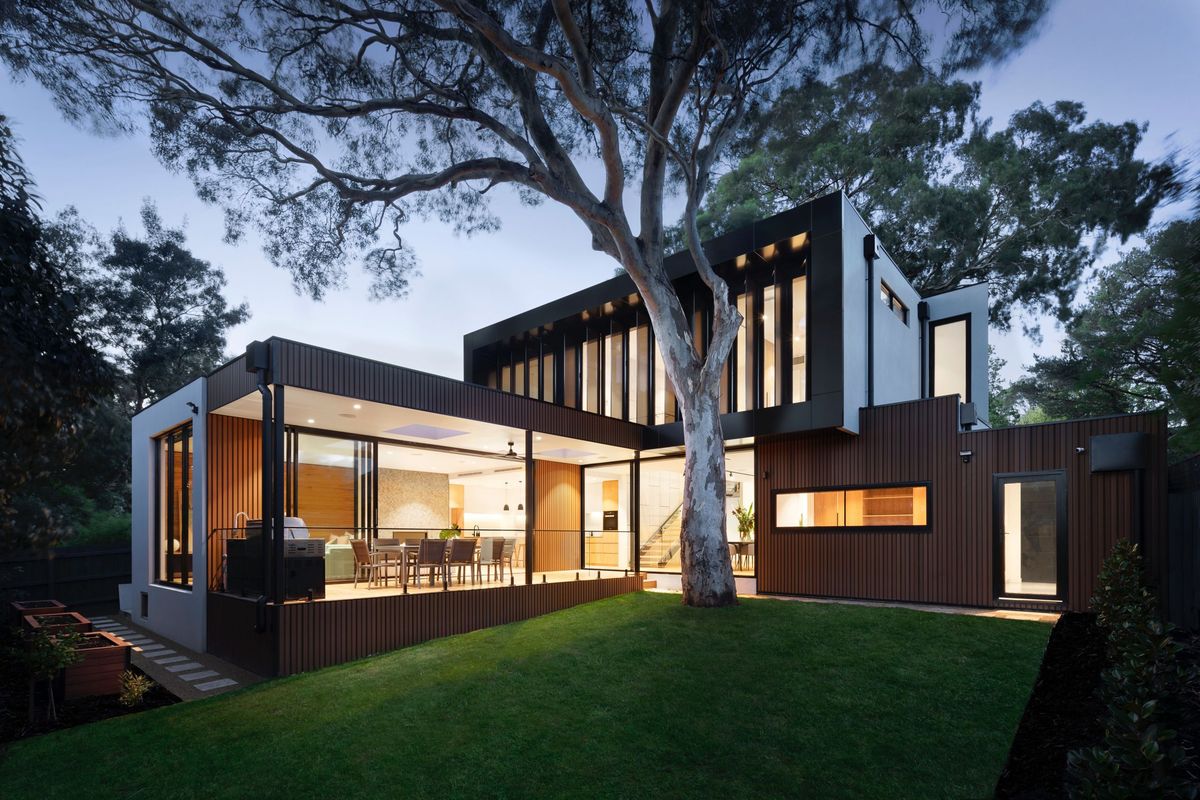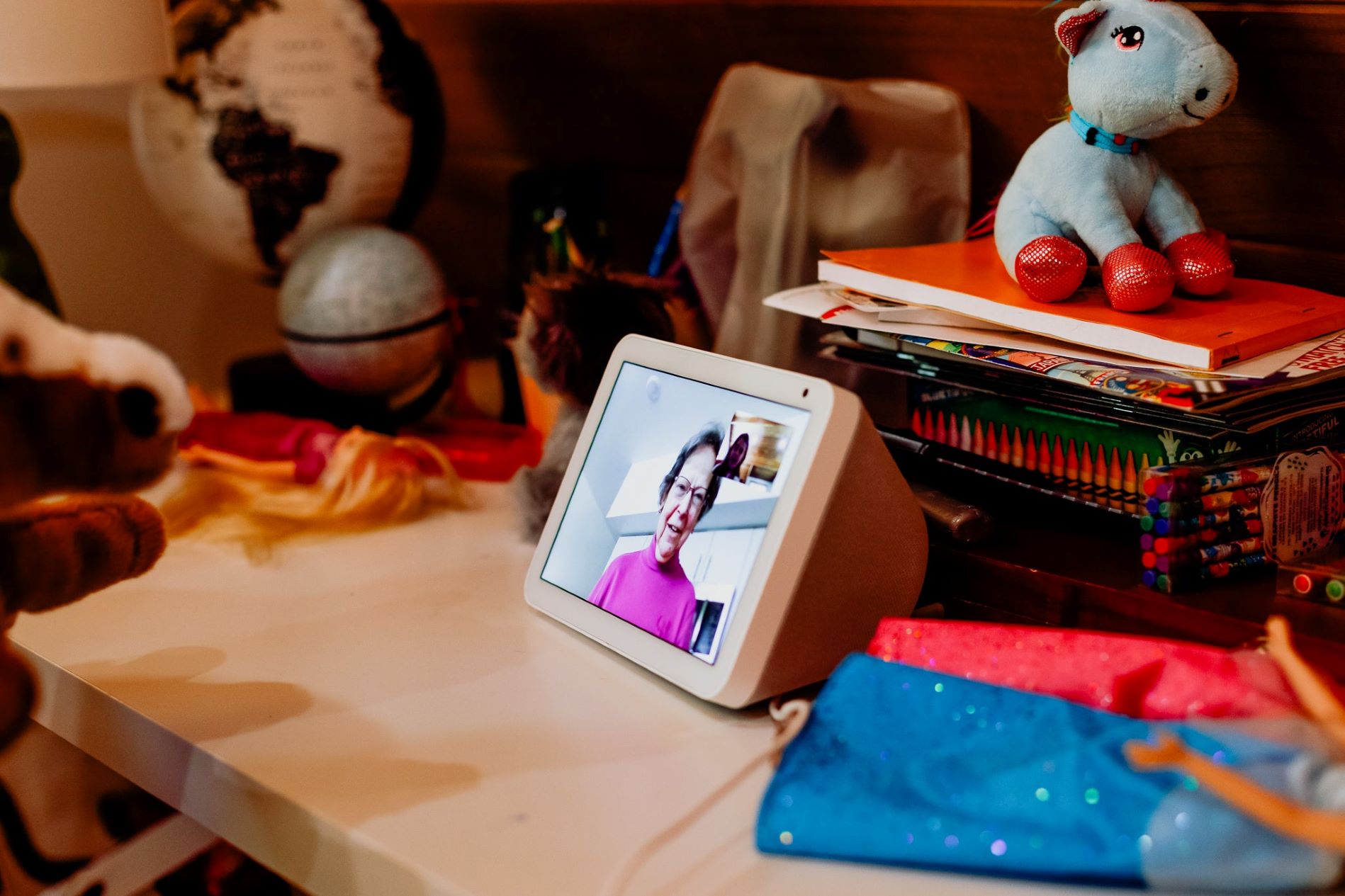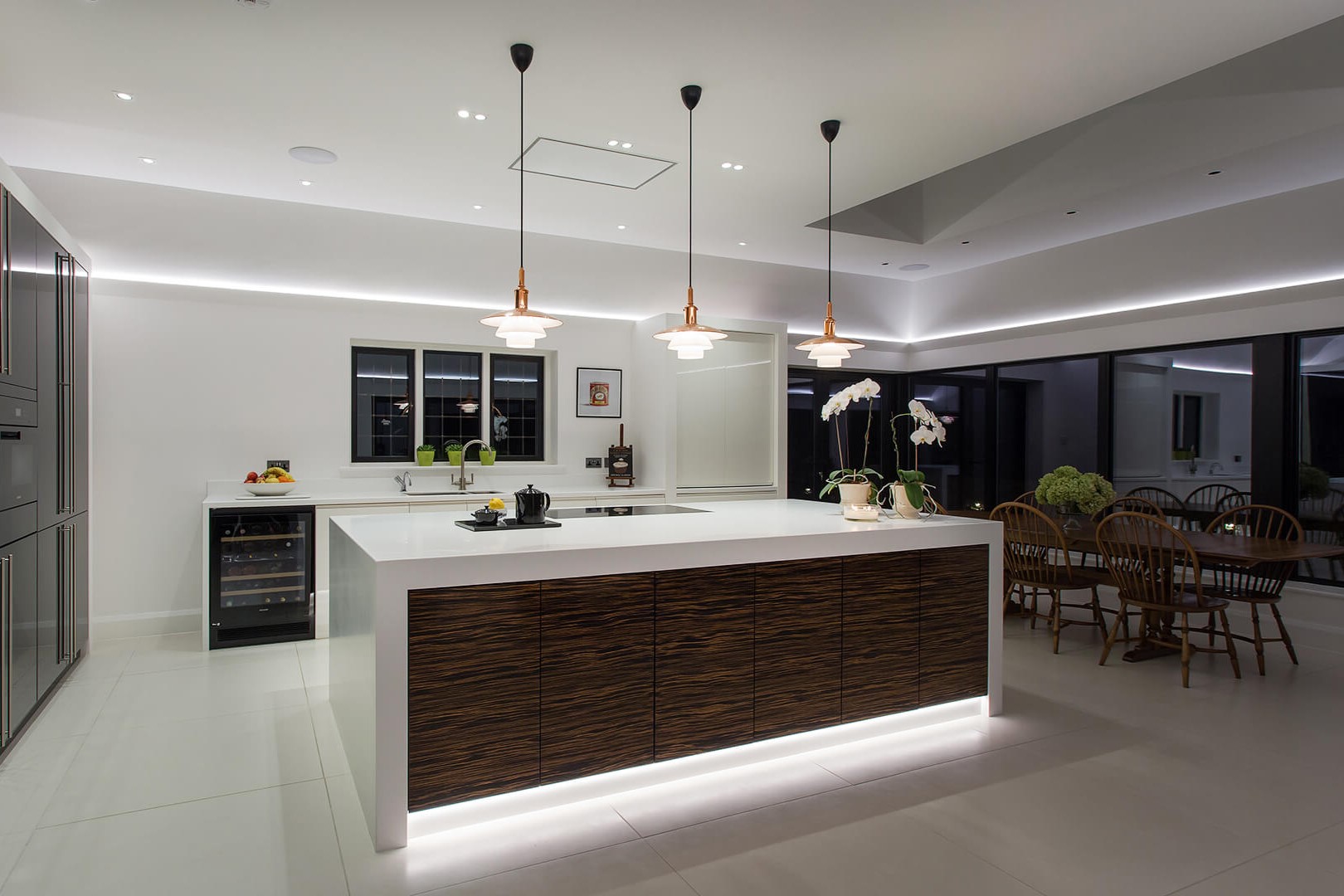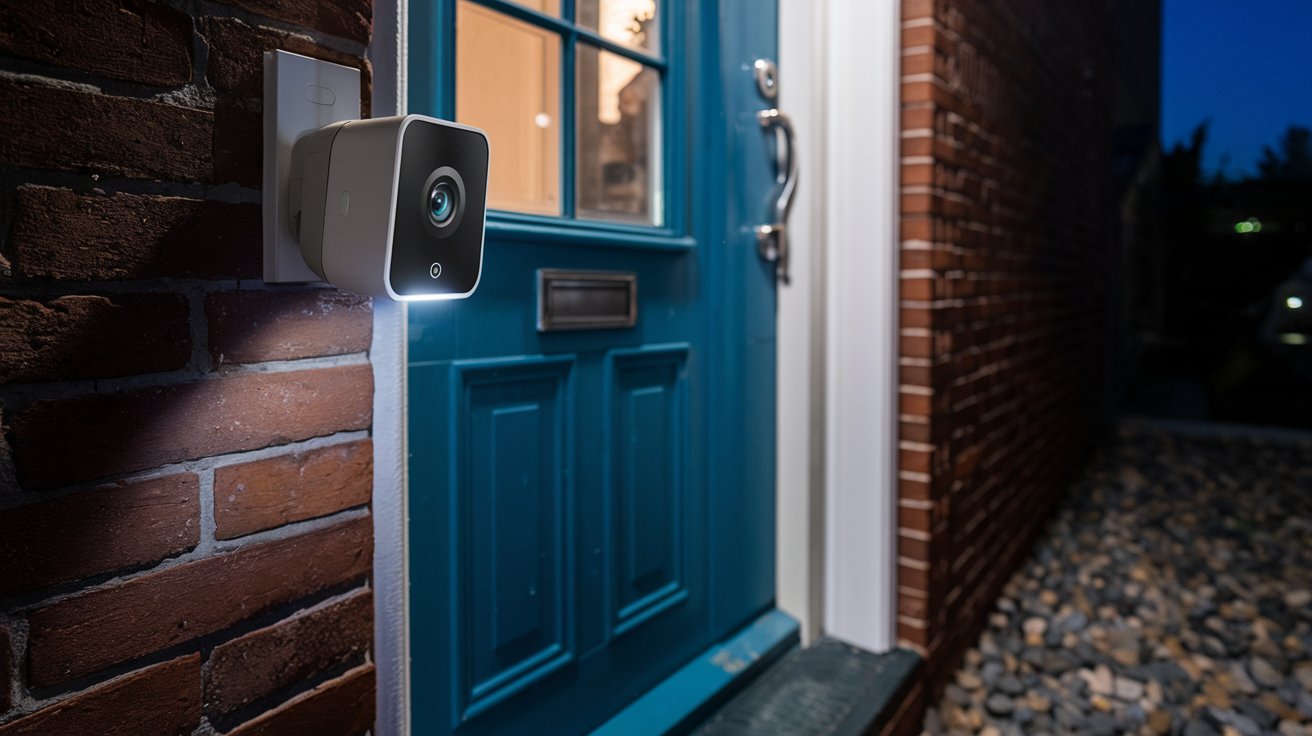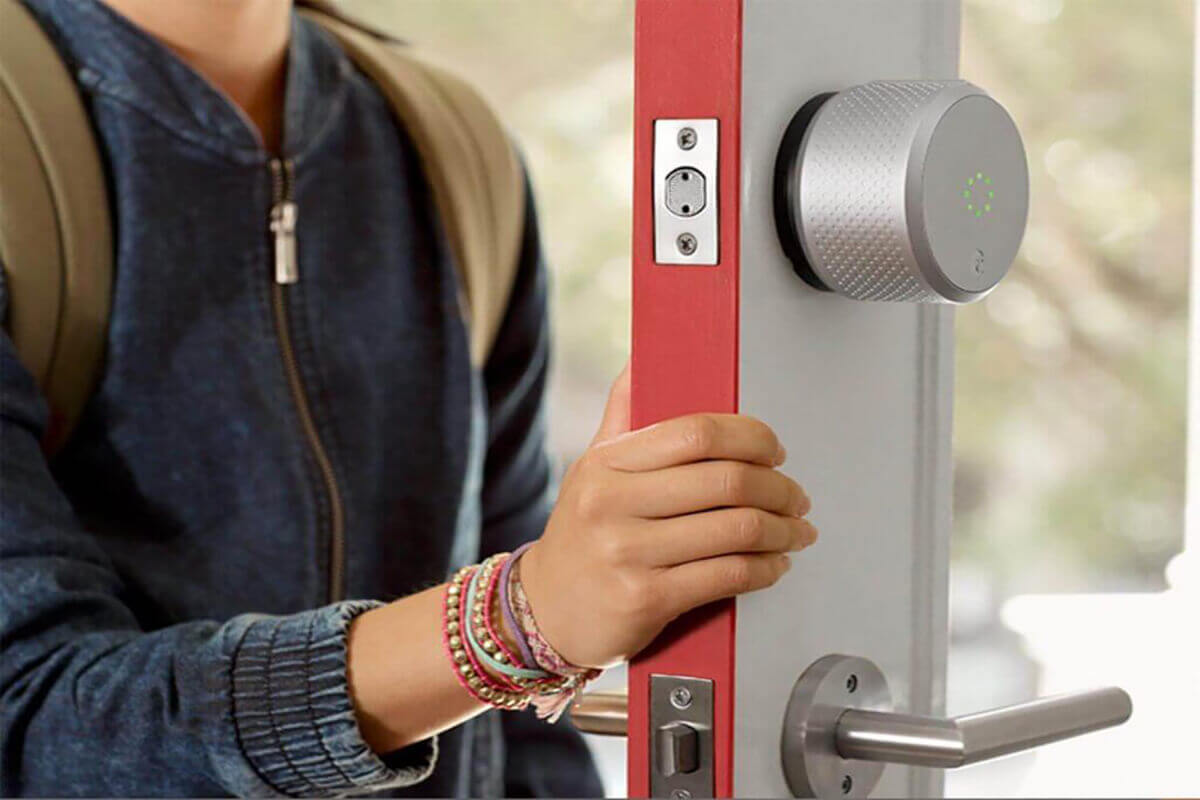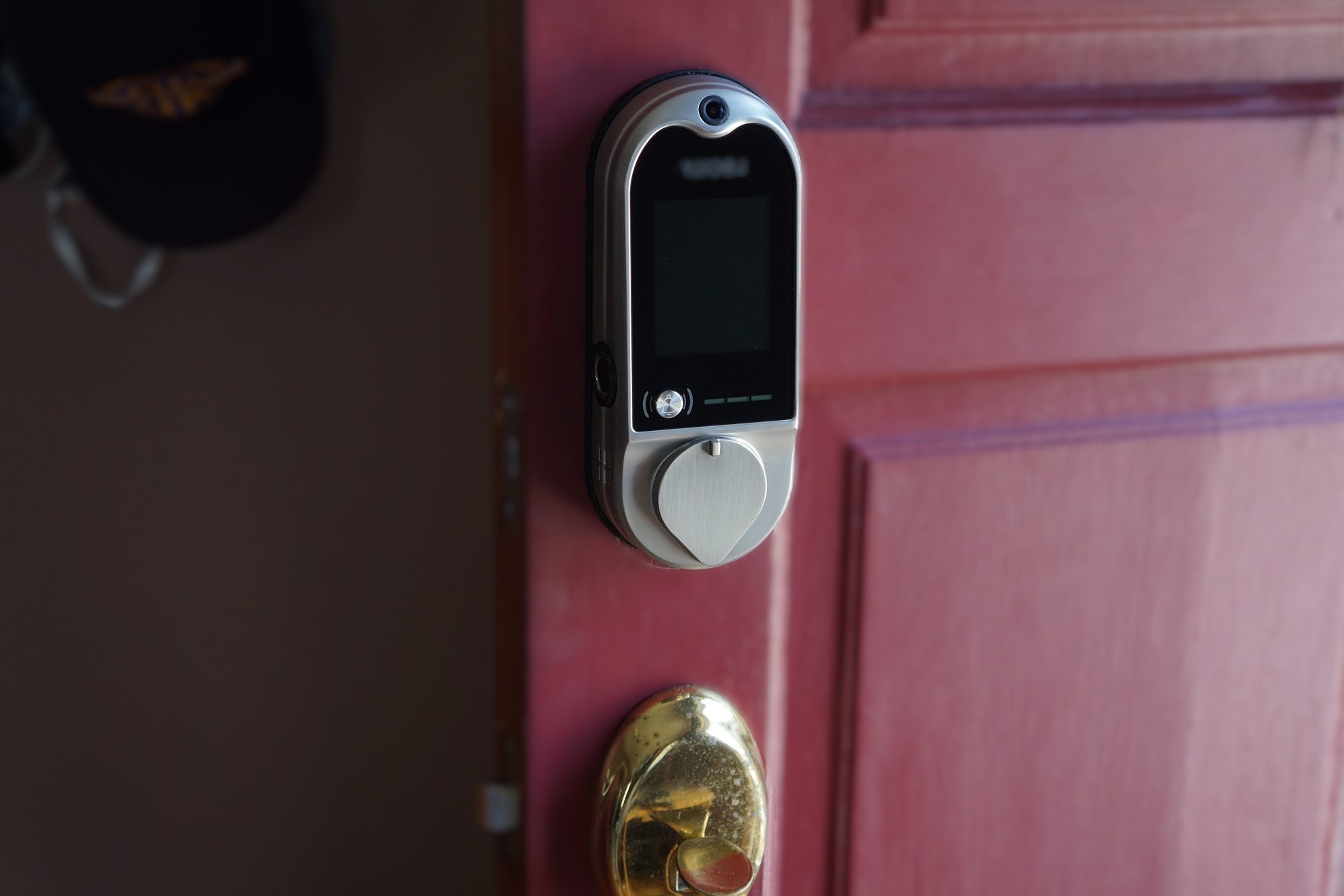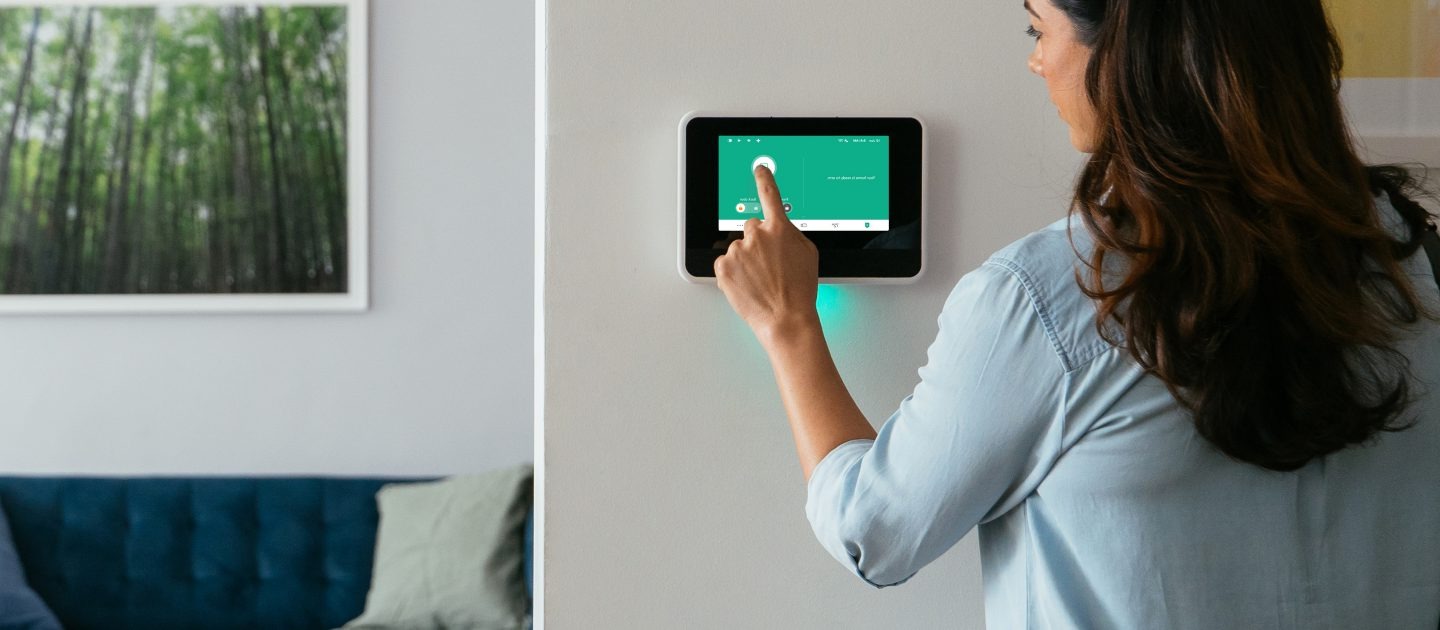Home> Smart Home
Smart Home Revolution: Unveiling the Future of Living Spaces
Discover the world of Smart Homes: the technology transforming our lives. Explore automation, increased safety features, and energy-saving tips.
Smart Light Switch Timer Programming to Automate Home Lighting
By: Henry Campbell • Ideas and Tips
Smart Doorbell Camera: Low-Light Performance and Night Vision Tips
By: Chloe Davis • Ideas and Tips
Smart Lock Geofencing Setup: Automatic Locking and Unlocking
By: Olivia Parker • Ideas and Tips
Smart Light Switch Vacation Mode and Home Security Feature
By: Benjamin Parker • Ideas and Tips
